Patriotic Americans frequently name this country the best country in the world—number one, they claim. When determining a country’s rank, one likely considers the factors that the country places number one in, however, for the United States, this means incarceration rates. From the implicit bias used against minorities to the increase in truancy rates, a variety of factors contribute to America’s ever-growing and disproportionate incarceration rates. Furthermore, racial disparities, financial drawbacks and an increased recidivism result from this country’s ever-growing incarcerated population and the system’s agenda of mass incarceration.
Mass incarceration—a term commonly used to describe the United States’s efforts in recent decades— has become a rather popular topic among those who specialize in areas such as public policy, criminal justice reform and mental health advocacy. Tracing back to the 1840s, prison reform activist and nurse Dorthea Dix argued for a complete structural reform of the criminal justice system to aid mentally ill patients. As a result, the United States built 32 mental hospitals for mentally ill inmates who needed help from professionals, rather than confinement and poor treatment by the prison guards.
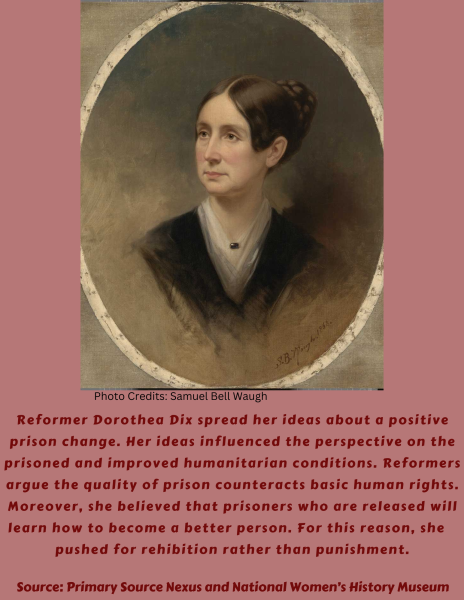
Although Dix’s efforts have altered the way progressivists view the inmates in the criminal justice system today, America has witnessed a quadruple amount of imprisonment rates within the last four decades.
After an arrest, the officer will place a defendant behind bars to await his or her trial. The defendant will then receive a bond amount that they must pay if he or she wishes for release while awaiting trials. This median bond for felonies in America costs nearly $10,000 while the median American savings account holds $1200. Due to this, nearly 83% of the 514,000 people in jails have yet to receive a conviction. Furthermore, Black Americans compose 38% of America’s incarcerated population, despite committing fewer crimes than their white counterparts and making up a minority of the population. Judges set bond rates 35% higher for Black men than white men. For Hispanic men, 19% higher. Given that minority households earn an average of 8% less than white households, local jails home people of color who cannot afford their bail.
It costs nearly $10,000 to prosecute an alleged offender in the United States and it costs around $40,000 to house someone for a year in a county jail. Given that on any given day, local jails accommodate 514,000 people, the government spends well over 20.4 billion dollars on offenders—in the housing of local jails, only—every year to carry out its mission of mass incarceration.
Rather than incarcerating individuals and increasing the money allocated to housing convicted and unconvicted persons, several politicians and attorneys have advocated for alternate systems to deter crime. During her time as a District Attorney, Vice President Kamala Harris created a program titled “Back on Track”(BOT) to deter recidivism among non-violent, drug-trafficking, first-time offenders. Rather than spending the $40,000 a year to house an offender, this year-to-year-and-a-half program costs $5,000 per person. Furthermore, BOT drug-offender participants boast a 10% recidivism rate compared to America’s 68%.
“I like to take an individualized approach when working with the kids to ensure that they get what they need. Everyone comes from a different background, but everyone is still human at the end of the day, and we want to treat you like that. Everyone has different levels of education and understanding, and we want to make sure that we tailor our approach to meet that child where they are,” Pre-Adjudication Unit Supervisor Bridget Jones said.
Although programs such as BOT work to deter recidivism, stopping these problems likely proves more beneficial to stopping crime rates. By protecting the youth population and deterring them from committing crimes, the government can preserve the American future. Every year, over one million students utilize the Common Application to submit their applications to colleges or universities. While completing the institutional applications, the educational institution will likely ask the applicant about his or her criminal history or felony convictions. Youth populations with a criminal history, especially those with felony convictions, may struggle to gain acceptance to a high-quality university or any university at all. To preserve America’s future and combat mass incarceration, society must tackle existing problems in adolescence that encourage students to commit crimes.
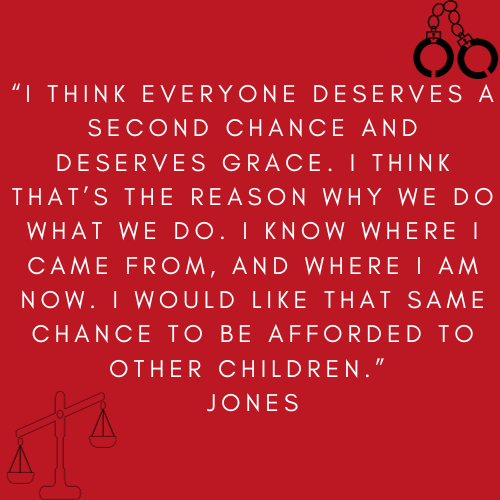
With an undeveloped prefrontal cortex—the brain’s hub for decision-making— teens must rely on the amygdala to make informed decisions, however, the amygdala remains notorious for its fearful and aggressive emotions. Credited for the popular notion of “teenage recklessness,” the amygdala may cause young adults to act out in ways such as missing curfew or skipping school.
Students who commit crimes generally commit these crimes during school hours. For this reason, the Los Angeles County of Education released a report that concluded that truancy remains the highest indicator of illegal conduct. In 2020, law enforcement made 424,300 youth arrests Depending on the charge—and the juvenile’s state of residence— teenagers 15-17 may face adult court rather than juvenile court. If convicted, the system may place them in an adult facility where they fall 36 times more likely to commit suicide or become a victim of sexual abuse. Furthermore, the youth will become susceptible to the never-ending cycle of mass incarceration.
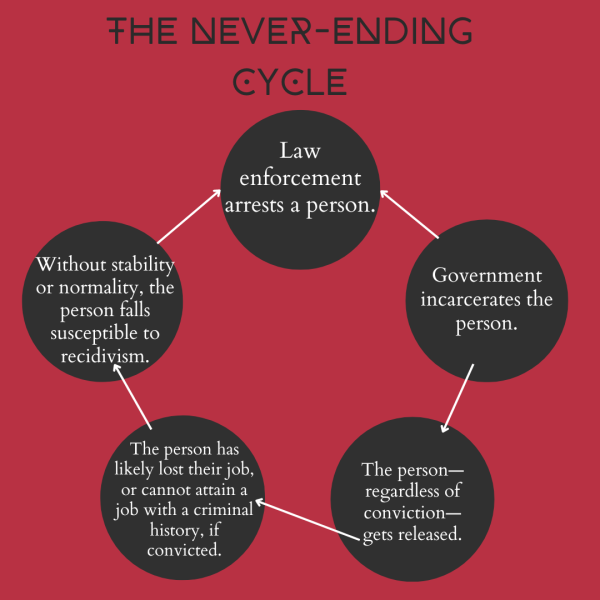
Fortunately, Cobb County has taken measures to reduce the youth population’s entrance into the criminal justice system. Knowing that 25% of offenders renter the system, Cobb County’s Peer Court has offered first-time juvenile defenders an alternative: peer court. Once accepted into peer court, the offender will receive, face the prosecution of and look to a jury composed of high school student volunteers. While the defense, prosecution and jury gain hands-on experience in the courtroom, the juvenile receives advice from peers and community service-related punishments. The offender leaves the courtroom with a track-free criminal record and holds less of a likelihood of committing a crime again.
“When I was growing up, the only people that you knew were the people that you went to school with, the people around the corner, the people you went to church with, and the people you saw at the park. Now, it’s like kids know the person all the way in China…so it’s like you all have this false peer pressure…. With peer court, [we] give the student the opportunity to learn, be comfortable, and just relax. Not relax like, ‘Oh, I’m about to get out of here,’ but to understand their consequences and what will happen next. Peer Court is a gift. Diversion is a gift,” Peer Court Coordinator Micheal Thomas said.
Ultimately, small towns and individuals can work to provide humans with second chances through alternate forms of the criminal justice system, resources to combat racial and economic discrimination and programs that diminish truancy rates. Nevertheless, these fixes help substantially on an individual level by offering families a second chance, but will not make a significant impact nationally until this country witnesses policy changes. First, the criminal justice system must redefine crime and rethink its approaches to eliminating crime. Rather than jailing parents of truant students or locking up individuals caught up in gang or drug violence, the system can work to provide these families with resources to help their children attend school—which deters gang involvement—and a stronger support system to stay away from illegal substances.
Secondly, if a judge deems a person non-violent enough for a bond placement—rather than assigning the person with no bond— then the person should not suffer behind bars due to their poverty. While awaiting their trials behind bars, a problem festers. While incarcerated, they cannot work and their families lose a source of income, increasing their susceptibility to poverty. Lessening or eliminating the setting of bonds can weaken the racial and financial disparity gap and lead to an equitable future.
Lastly, by switching the focus from mass incarceration to defendant assistance, defense attorneys, prosecutors, judges and all other officials involved in “criminal” proceedings can terminate the negative connotation surrounding America’s incarcerated individuals and end mass incarceration conclusively.


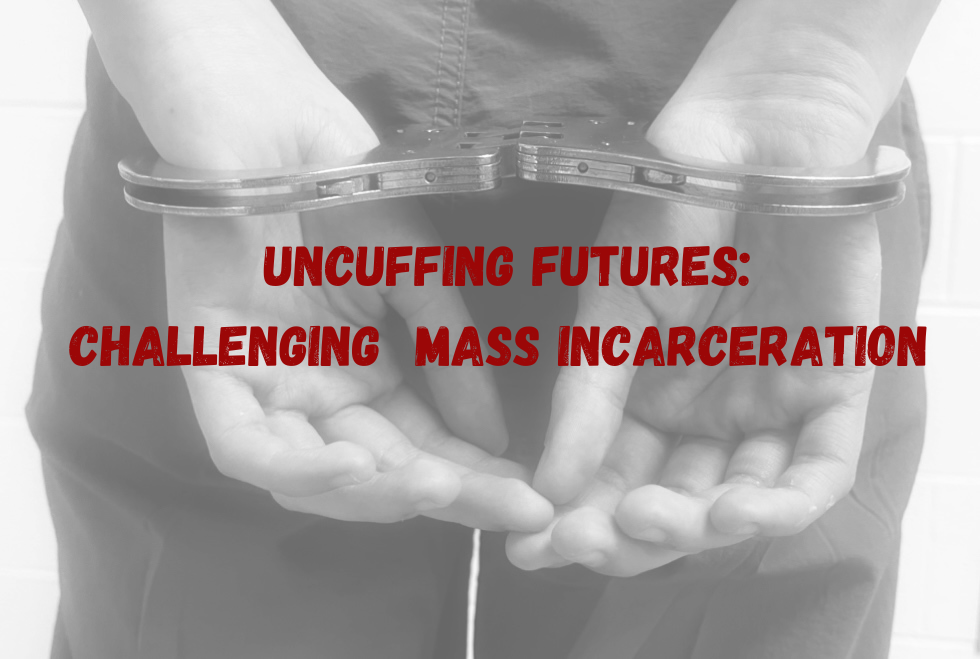



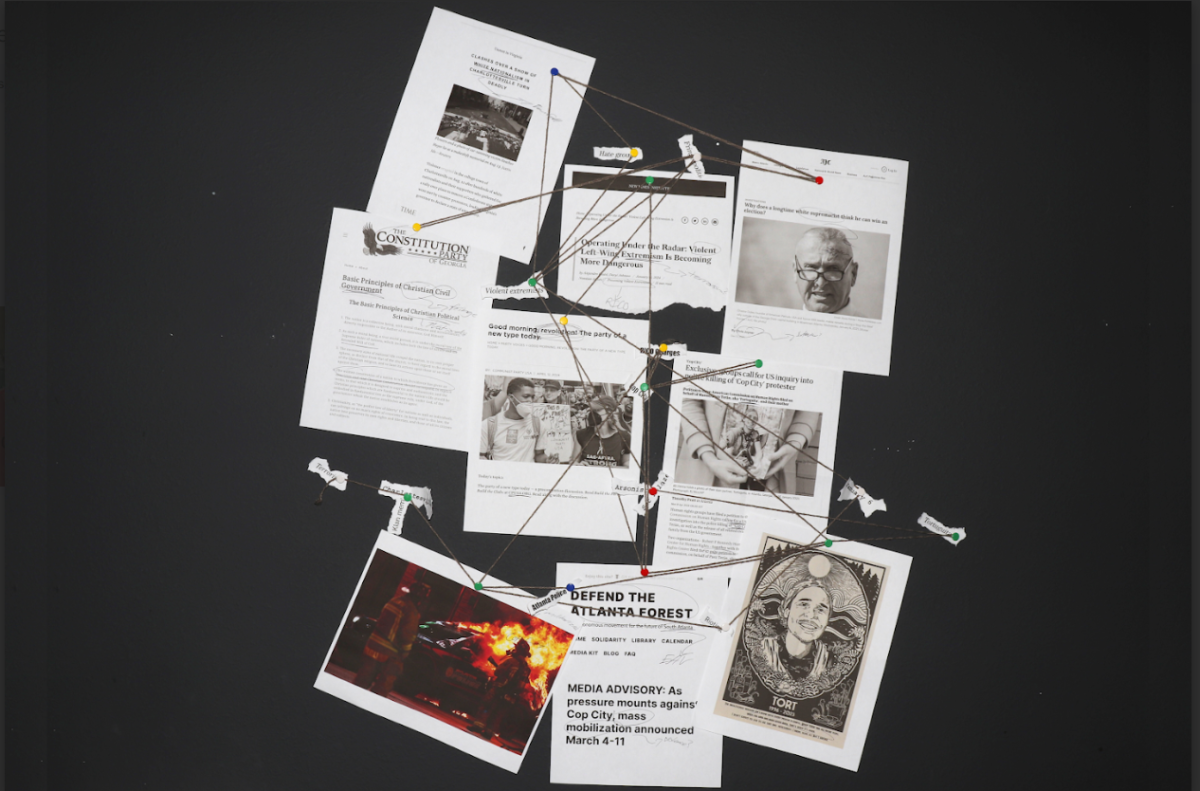

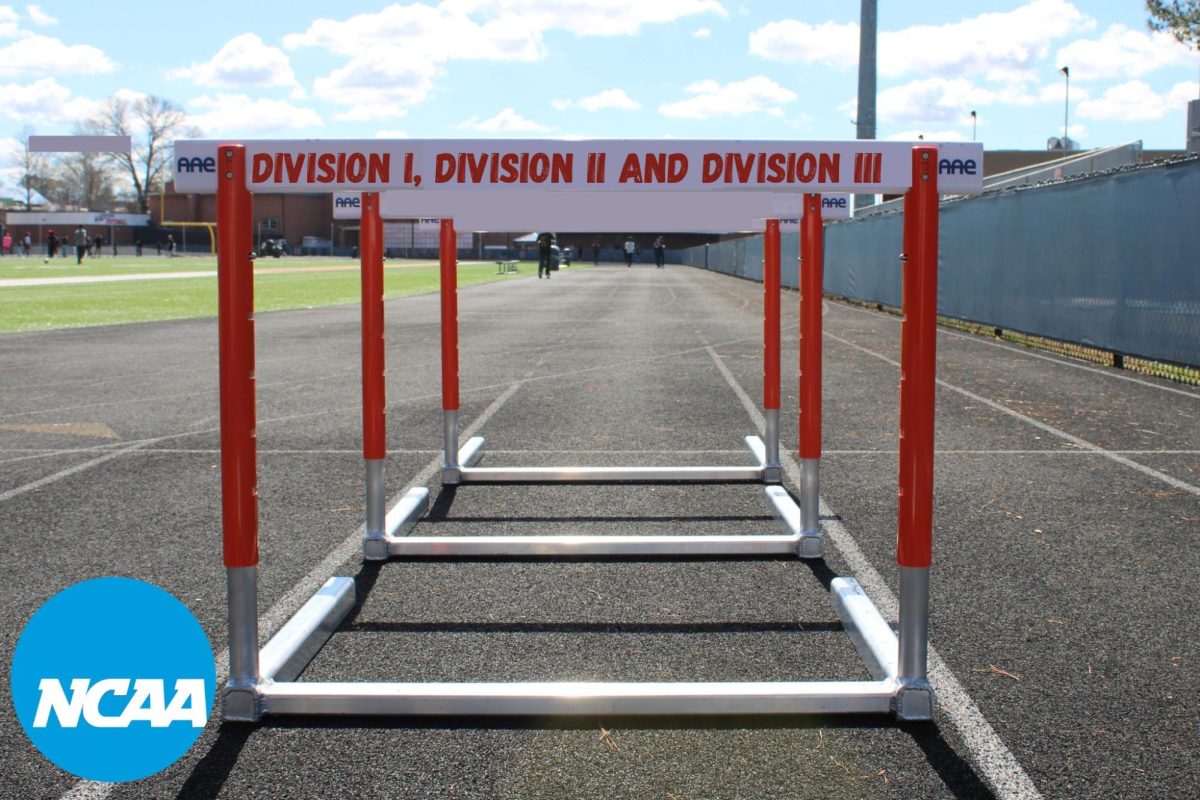
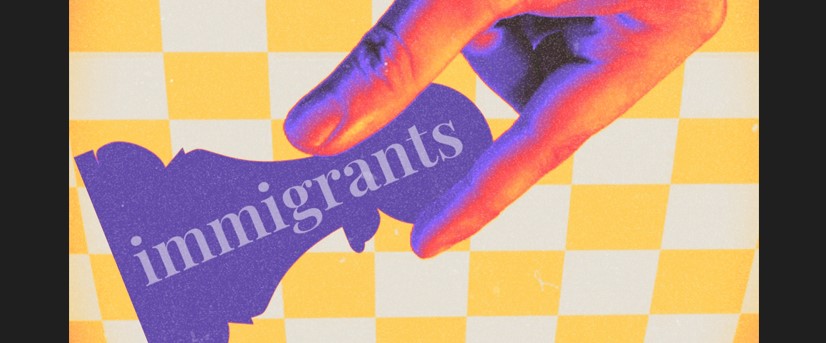
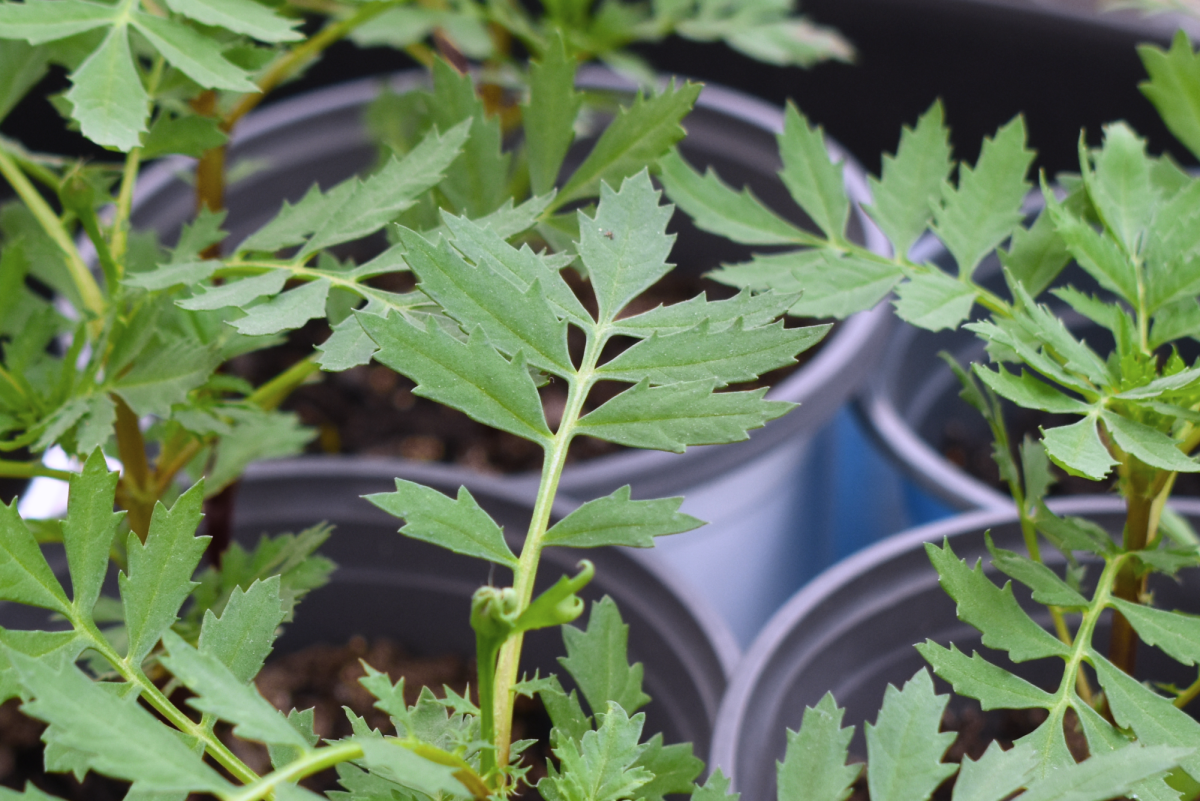
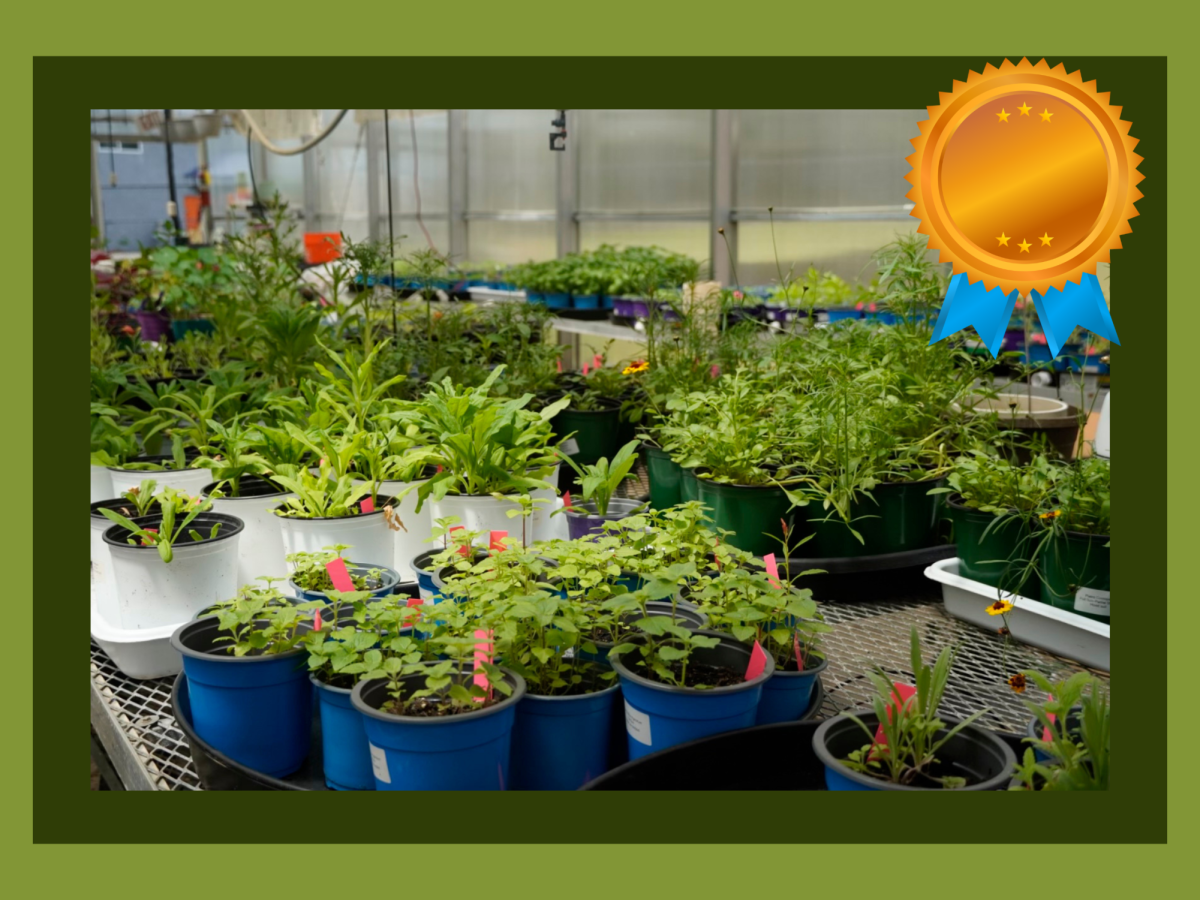
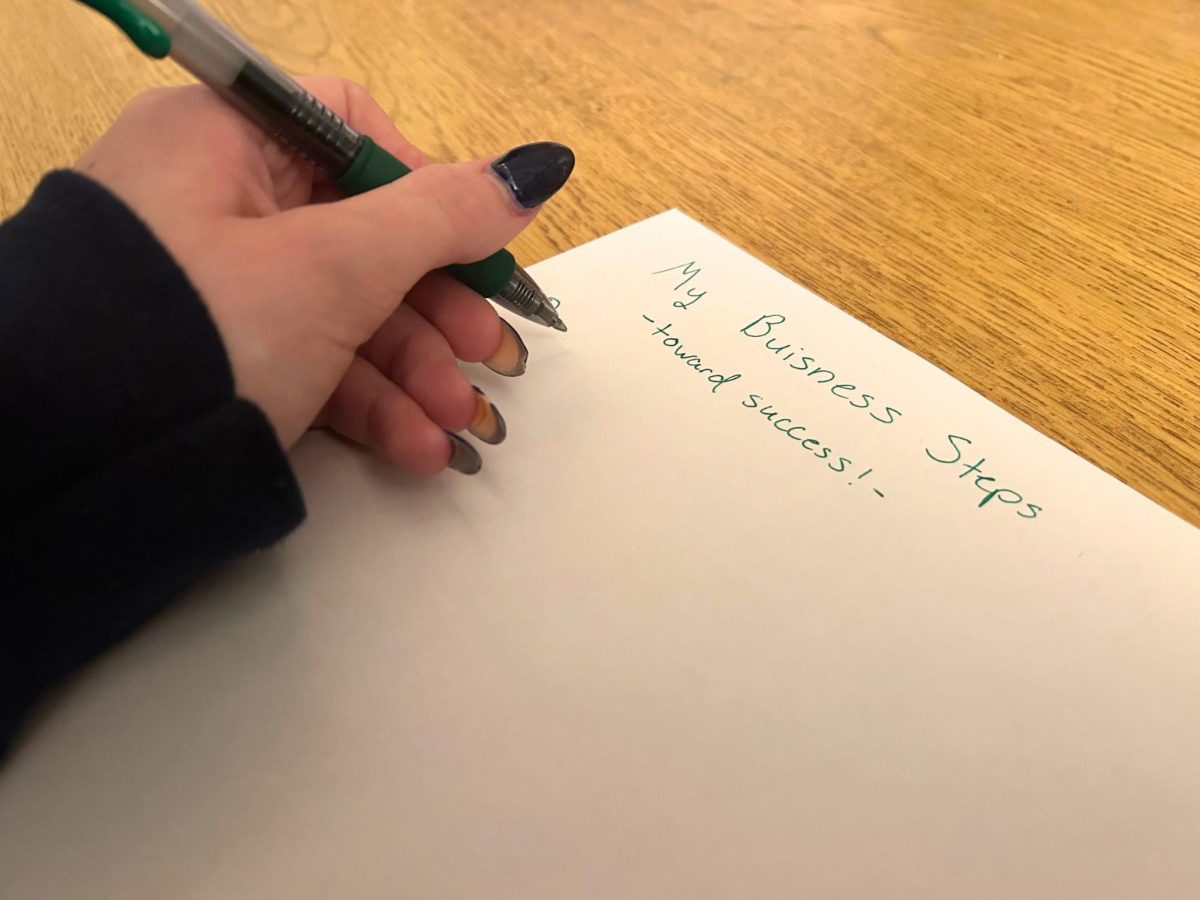
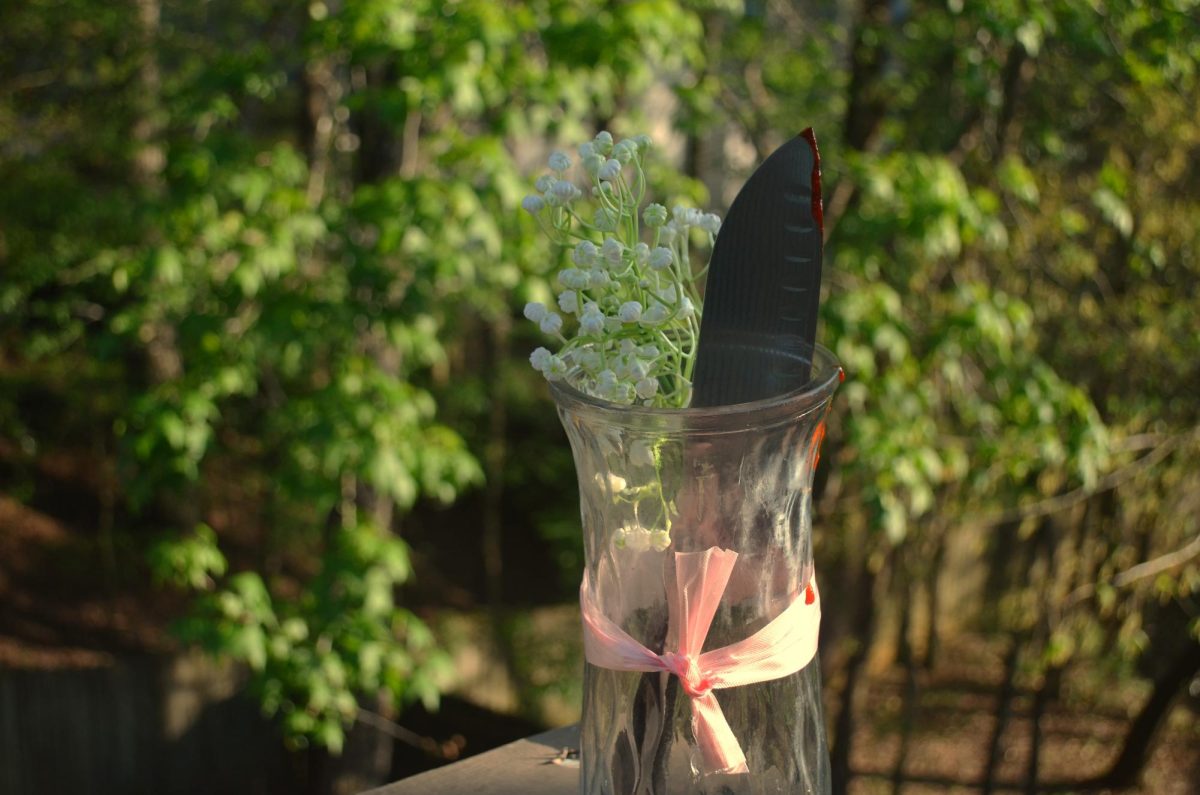


Dorothea D • Dec 21, 2023 at 1:47 PM
thanks for including me! it was a fight every day :))